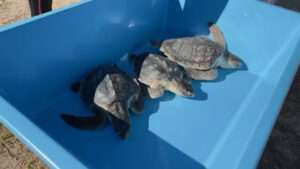Story By: Ana Lacasa, Sub Editor: Joseph Golder, Agency: Newsflash
These two rare shark species have been recorded in the waters around the Galapagos Islands for the first time ever.
Scientists of the Charles Darwin Foundation and other associated organisations observed a broadnose sevengill shark (Notorynchus cepedianos) and bluntnose sixgill (Hexanchus griseus) in the deep waters of the Galapagos Marine Reserve off the coasts of the islands Floreana and Espanola.
The Galapagos Islands, which helped to inspire English naturalist Charles Darwin’s theory of evolution, are located around 1,000 kilometres (621 miles) from the coast of Ecuador.
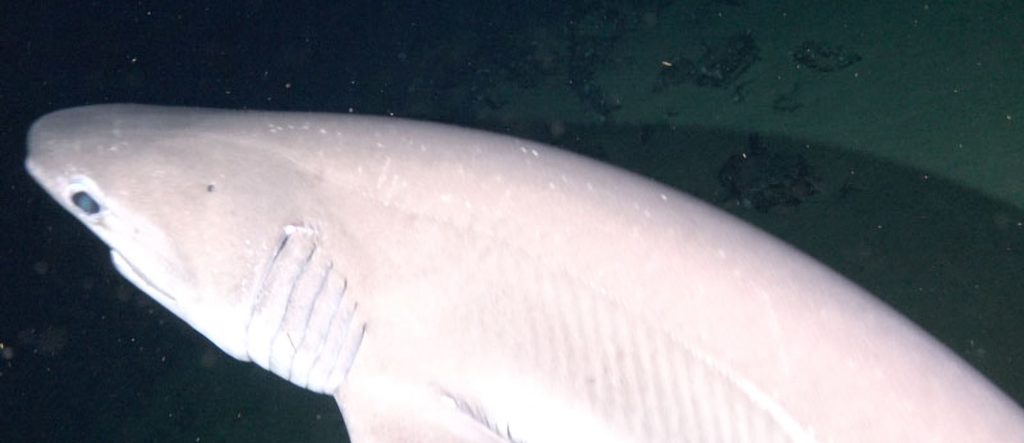
The Galapagos National Park said on Facebook that the species belong to the Hexanchidae family, commonly known as cow sharks.
Cow sharks are considered the most primitive sharks in the world as most species have five gills today while these two species have six and seven respectively.
Their skeleton also has characteristics which have since disappeared or evolved in most other species.
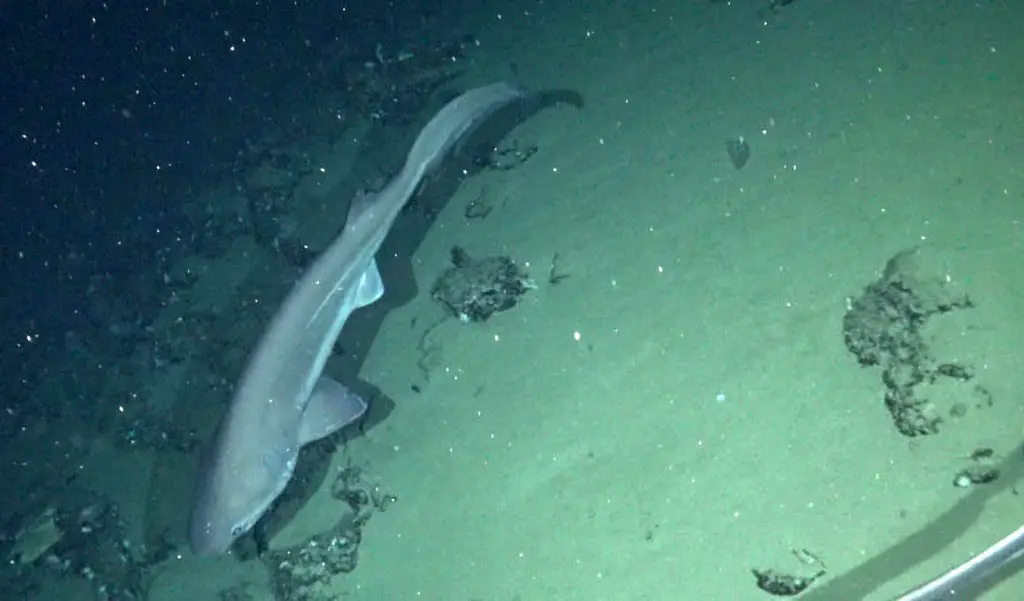
The sighting of the two species, recorded for the first time in the Galapagos Marine Reserve, was confirmed by ichthyologist David Ebert of the Pacific Shark Research Center (PSRC) at Moss Landing Marine Laboratories (MLML) in California.
Marine scientist Salome Buglass of the Charles Darwin Foundation led a deep sea study in September and October 2019 in collaboration with the Galapagos National Park Directorate, National Geographic Society, Massachusetts Institute of Technology’s (MIT) Media Lab Open Ocean Initiative, and Lindblad Expeditions (LEX).
Ebert said in a statement obtained by Newsflash: “The appearance of the sevengill shark, a coastal species, in the Galapagos region is encouraging and brings up some interesting questions about their migration behaviour.
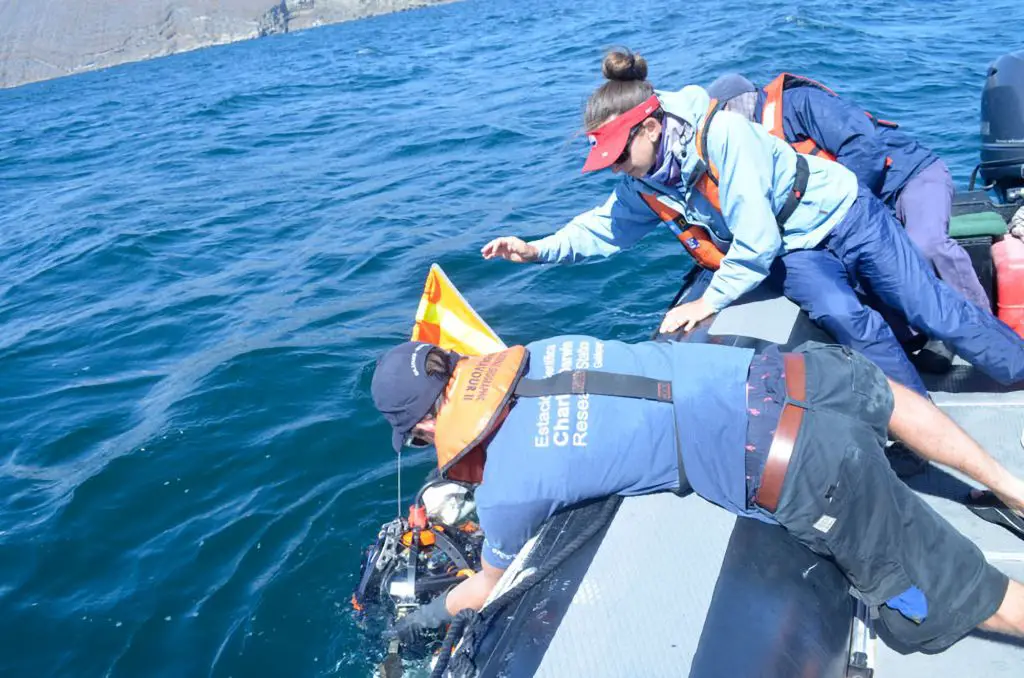
“The bluntnose sixgill shark is commonly found in deep waters and they are one of the largest sharks in this area.”
Two broadnose sevengill sharks were snapped by the underwater camera system and they both attacked the camera, apparently intrigued by the tuna housed in a bait case.
The foundation’s press release said it was the first time the species has been recorded in Galapagos and was photographed at a depth of 210 metres deep (689 feet).
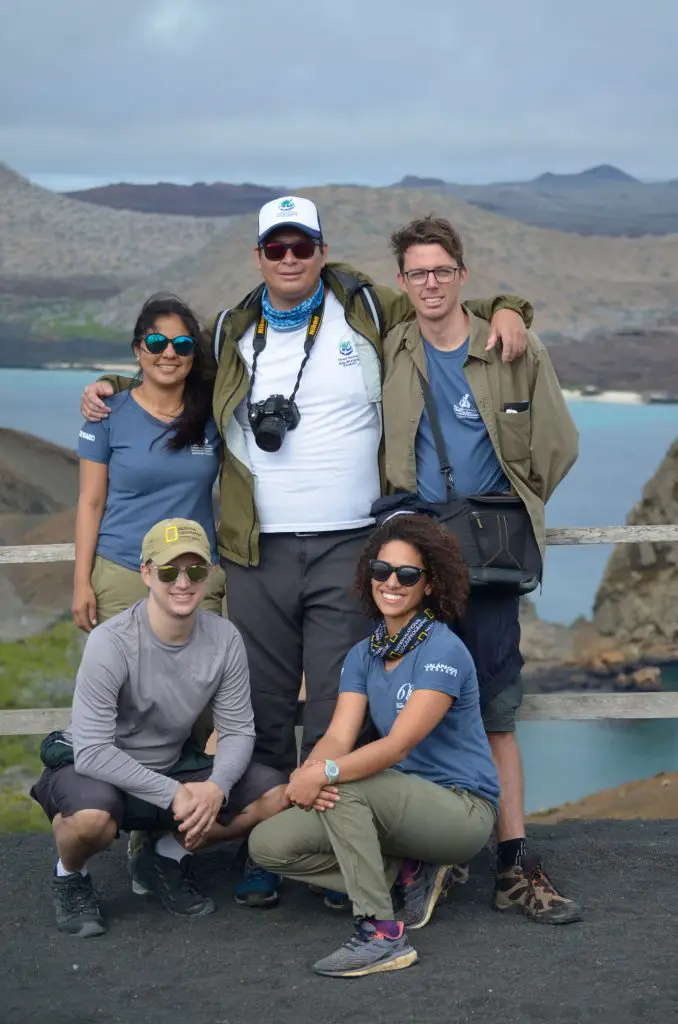
The bluntnose sixgill was observed at a depth of 418 metres (1,371 feet) and swam in front of the underwater camera for over three hours.
They can reach lengths of over five metres (16 feet), making it one of the largest apex predators in the deep sea.
It is also the first time the species, categorised as ‘near threatened by the International Union for Conservation of Nature (IUCN), has been recorded in the region.
The ViralTab page is created by and dedicated to professional, independent freelance journalists. It is a place for us to showcase our work. When our news is sold to our media partners, we will include the link here.



